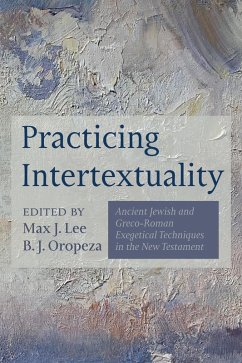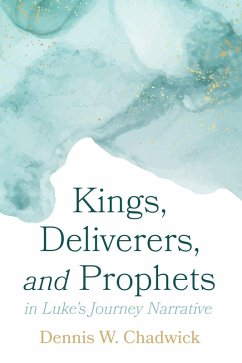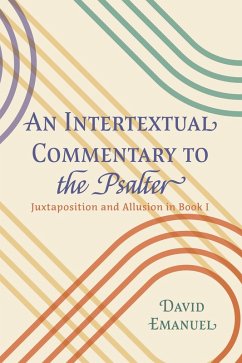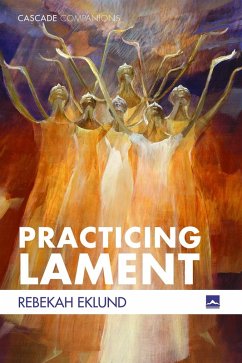
Practicing Intertextuality (eBook, ePUB)
Ancient Jewish and Greco-Roman Exegetical Techniques in the New Testament
Redaktion: Lee, Max J.; Oropeza, B. J.

PAYBACK Punkte
12 °P sammeln!
Practicing Intertextuality attempts something bold and ambitious: to map both the interactions and intertextual techniques used by New Testament authors as they engaged the Old Testament and the discourses of their fellow Jewish and Greco-Roman contemporaries. This collection of essays functions collectively as a handbook describing the relationship between ancient authors, their texts, and audience capacity to detect allusions and echoes. Aimed for biblical studies majors, graduate and seminary students, and academics, the book catalogues how New Testament authors used the very process of int...
Practicing Intertextuality attempts something bold and ambitious: to map both the interactions and intertextual techniques used by New Testament authors as they engaged the Old Testament and the discourses of their fellow Jewish and Greco-Roman contemporaries. This collection of essays functions collectively as a handbook describing the relationship between ancient authors, their texts, and audience capacity to detect allusions and echoes. Aimed for biblical studies majors, graduate and seminary students, and academics, the book catalogues how New Testament authors used the very process of interacting with their Scriptures (that is, the Masoretic Text, the Septuagint, and their variants) and the texts of their immediate environment (including popular literary works, treatises, rhetorical handbooks, papyri, inscriptions, artifacts, and graffiti) for the very production of their message. Each chapter demonstrates a type of interaction (that is, doctrinal reformulations, common ancient ethical and religious usage, refutation, irenic appropriation, and competitive appropriation), describes the intertextual technique(s) employed by the ancient author, and explains how these were practiced in Jewish, Greco-Roman, or early Christian circles. Seventeen scholars, each an expert in their respective fields, have contributed studies which illuminate the biblical interpretation of the Gospels, the Pauline letters, and General Epistles through the process of intertextuality.
Dieser Download kann aus rechtlichen Gründen nur mit Rechnungsadresse in A, D ausgeliefert werden.













